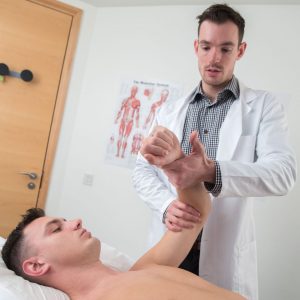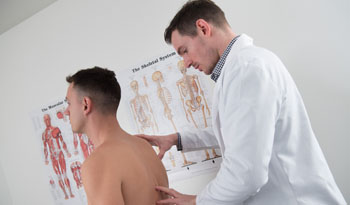FAI – Femoral Acetabular Impingement
Engaging in sport is fun, healthy and challenging but it can produce injuries. A lot of recreational sporting injuries don’t require a lot of time out and will heal quickly; Femoral Acetabular Impingement (FAI) syndrome typically isn’t one of them.…
 Osteopath diagnosis comes in two forms:
Osteopath diagnosis comes in two forms:
